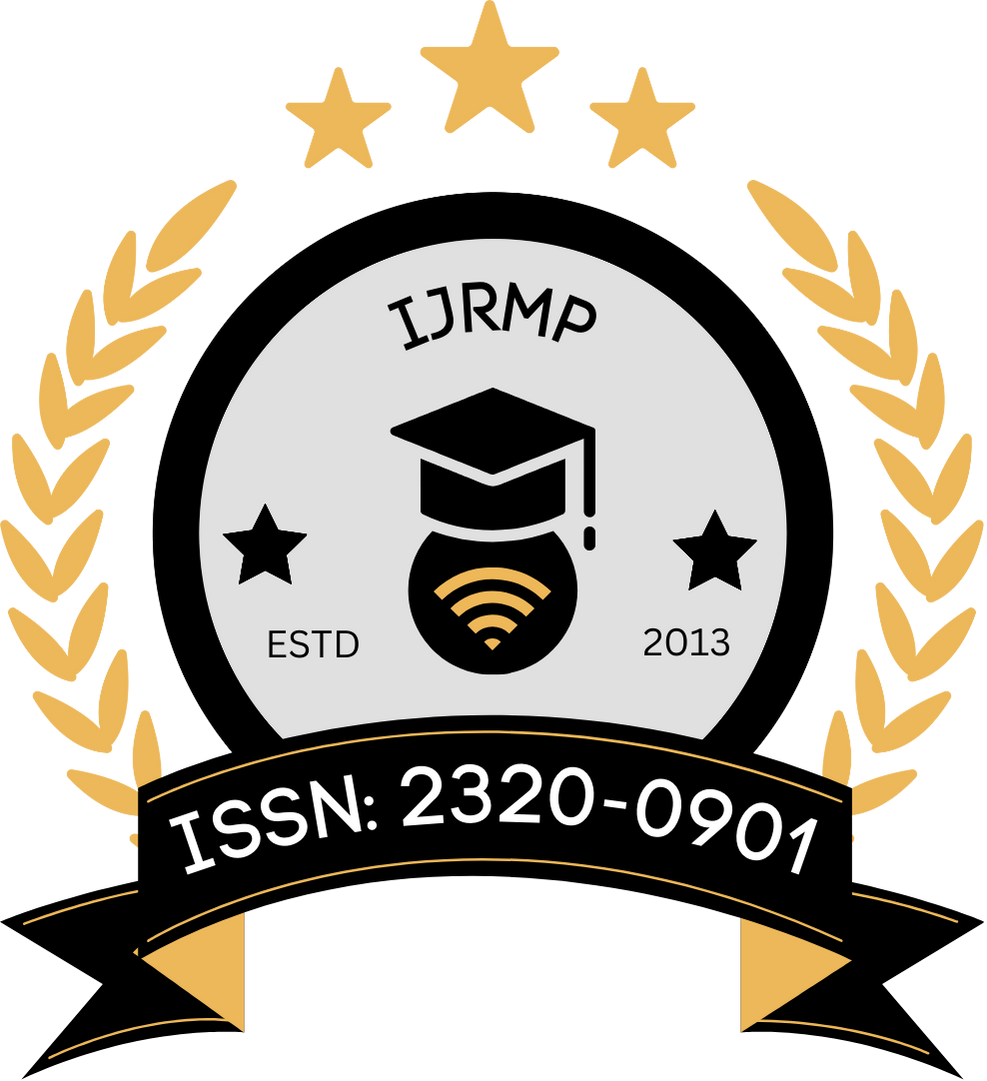![]()
Sana Merchant
Independent Researcher
Gujarat, India
Abstract
Pharmacy inventory management plays a pivotal role in ensuring drug availability, minimizing wastage, and enhancing patient care. Traditional inventory systems often rely on static reorder levels and historical consumption, which do not adapt well to demand fluctuations or changes in prescription trends. Predictive analytics offers a transformative solution by utilizing historical data, seasonal trends, and prescribing behaviors to forecast future demand more accurately. This paper explores the impact of predictive analytics on pharmacy inventory optimization through an in-depth analysis of existing studies, statistical forecasting techniques, and case applications. The literature reveals how predictive models such as ARIMA, exponential smoothing, and regression-based forecasting help reduce stock-outs, overstocking, and operational inefficiencies. By adopting a data-driven forecasting framework, pharmacies can streamline inventory turnover, improve order accuracy, and enhance patient satisfaction. This manuscript presents a comprehensive methodology for implementing predictive analytics in a pharmacy setting, along with simulation-based results that demonstrate improved performance metrics over conventional systems.
Keywords
Pharmacy Inventory, Predictive Analytics, Stock-Out Prevention, Forecasting Models, Healthcare Supply Chain, Inventory Optimization, Regression Analysis, ARIMA Models
References
- AbuKhousa, E., Al-Jaroodi, J., Lazarova-Molnar, S., & Mohamed, N. (2014). Simulation and modeling efforts to support decision making in healthcare supply chain management. The Scientific World Journal, 2014, 354246. https://doi.org/10.1155/2014/354246 ncbi.nlm.nih.gov
- de Vries, J., & Huijsman, R. (2011). Supply chain management in health services: An overview. Supply Chain Management: An International Journal, 16(3), 159–165. https://doi.org/10.1108/13598541111127146 rug.nl
- Ghobbar, A. A., & Friend, C. H. (2003). Evaluation of forecasting methods for intermittent parts demand in the field of aviation: A predictive model. Computers & Operations Research, 30(14), 2097–2114. https://doi.org/10.1016/S0305-0548(02)00125-9 com
- Green, L. V., Kolesar, P. J., & Whitt, W. (2007). Coping with time-varying demand when setting staffing requirements for a service system. Production and Operations Management, 16(1), 13–39. https://doi.org/10.1111/j.1937-5956.2007.tb00164.x edu
- Hopp, W. J., & Spearman, M. L. (2000). Factory Physics: Foundations of Manufacturing Management (2nd ed.). McGraw-Hill. com
- Jurado, I., Maestre, J. M., Velarde, P., Ocampo-Martínez, C., Fernández, I., Isla-Tejera, B., & Del Prado, J. R. (2015). Stock management in hospital pharmacy using chance-constrained model predictive control. Computers in Biology and Medicine, 72, 248–255. https://doi.org/10.1016/j.compbiomed.2015.11.011 ncbi.nlm.nih.gov
- Klassen, K. J., & Rohleder, T. R. (2002). Demand and capacity management decisions in services: How they impact on one another. International Journal of Operations & Production Management, 22(5-6), 527–548. https://doi.org/10.1108/01443570210425165 elsevierpure.com
- Kumar, A., Ozdamar, L., & Zhang, C. N. (2008). Supply chain redesign in the healthcare industry of Singapore. Supply Chain Management: An International Journal, 13(2), 95–103. https://doi.org/10.1108/13598540810860930 net
- Meijboom, B., Schmidt-Bakx, S., & Westert, G. P. (2011). Supply chain management practices for improving patient-oriented care. Supply Chain Management: An International Journal, 16(3), 166–175. https://doi.org/10.1108/13598541111127155 com
- Moríñigo Sotelo, D., Duque Pérez, O., García-Escudero, L. A., & Fernández Temprano, M. A. (2011). Short-term hourly load forecasting of a hospital using an artificial neural network. Renewable Energy and Power Quality Journal, 9(1), 441–446. https://doi.org/10.24084/repqj09.355 net
- Narayana, S. A., Pati, R. K., & Vrat, P. (2014). Managerial research on the pharmaceutical supply chain – A critical review and some insights for future directions. Journal of Purchasing and Supply Management, 20(1), 18–40. https://doi.org/10.1016/j.pursup.2013.09.001 com
- Sheffi, Y., & Rice, J. B., Jr. (2005). A supply chain view of the resilient enterprise. MIT Sloan Management Review, 47(1), 41–48. mit.edu
